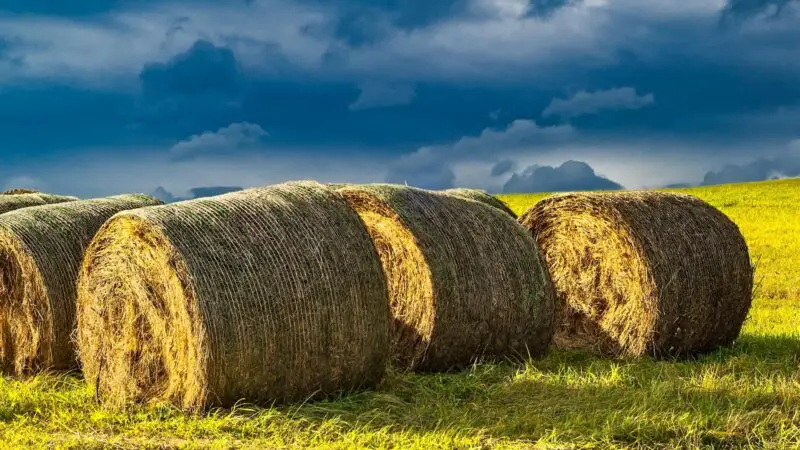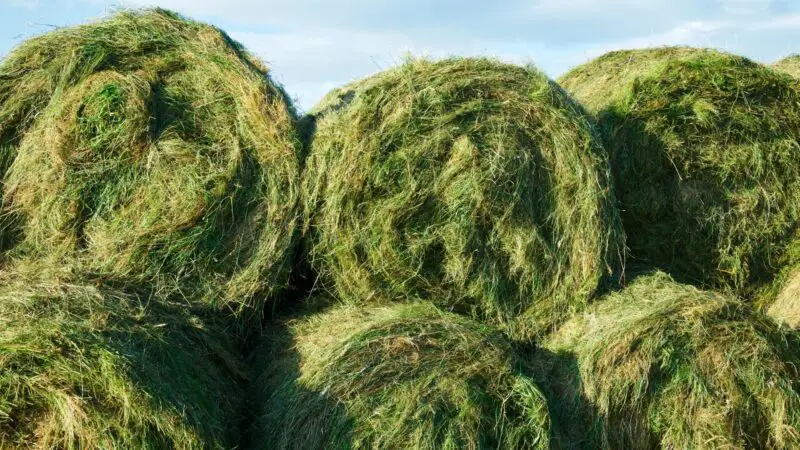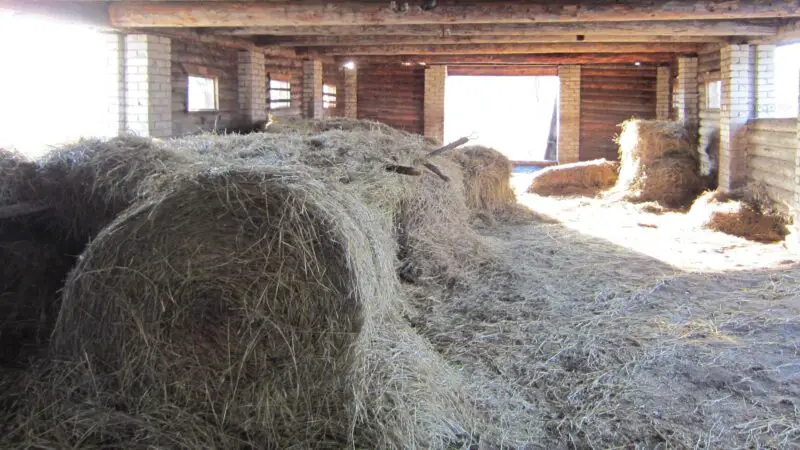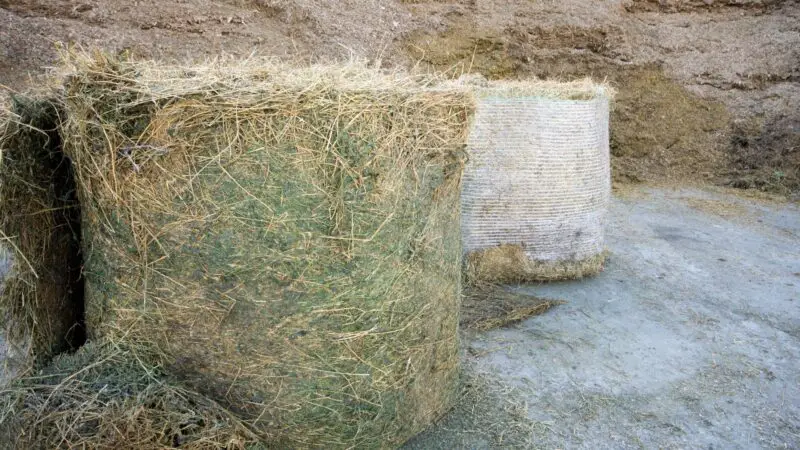Haylage is essentially grass silage that has been partially dried rather than totally dry. As a result, it has a beautiful and pleasant sweet scent or aroma, as well as greater wetness.
Can guinea pigs eat haylage? Guinea pigs can eat haylage, but it is only recommended for fully grown guinea pigs. The grown cavies need this very moderately because it has some calcium. It is very aromatic and pleasant for the guinea pigs. But, it should not be given very often.
We need to be more careful with haylage as guinea pig food, so keep reading below about all pros, cons, and facts about haylage.
Table of Content
Is Haylage Good for Guinea Pigs? | Health Benefits

One of the minor advantages of haylage is that it is a fermented food. The haylage has natural sugars in it, so during a fermentation process, those sugars change to volatile fatty acids and lactic acid.
Also, it is a common misconception that haylage is too sugary. In fact, haylage has less sugar than regular hay. Moreover, haylage has a high amount of protein and it is quite digestible, in comparison to hay.
Haylage is also rich in iron and manganese. These two nutrients are very important. Iron fights anemia and makes blood strong and healthy. On the other hand, manganese is a very strong antioxidant that acts as a shield against most diseases.
There is also some vitamin C in the haylage. Even in little amounts, it protects cavies against scurvy.
Nutrition Facts of Haylage

Haylage is a very dense and filling type of food. It has many nutrients and should be given in carefully and in moderation. Otherwise, this might lead to weight gain. This is not a great risk for the health, however, precaution is needed a bit.
Also, once haylage is fully unwrapped, it doesn’t last so good very long. Even pet shop owners and veterinarians advise using up the haylage in a short period of time. This is because it gets stale and loses aroma and some nutrients very fast.
With this said, when you have a small amount of haylage, you need to spend it relatively fast. Otherwise, the rest is going to be thrown and later be useless without its aromatic freshness. Try to use it within several days of opening the package.
Also, a normal serving of haylage would be a handful. The frequency of servings can be every day (most owners claim this), but try to keep the diet of the cavy more versatile, so give this just a few times per week. And, on other days, feed the guinea pig with the healthy types of hay, as well as the fresh produce and herbs they like.
Is Haylage Bad for Guinea Pigs? | Possible Risks

Since haylage is fibrous and also fattening to a certain extent, it should be given in small portions or in moderation to cavies. The guinea pigs have small stomachs and digestion for them is very delicate.
Otherwise, too much fiber or dense foods can cause them to loose stool or aches, or even weight gain.
Also, beware of haylage that was unused for quite some time. This will make it prone to getting mold. Mold is often fatal for cavies, even just a little bit of it.
Since this is fermented grass, the haylage is also sugary. The digestive system of cavies cannot fully digest the sugars.
Partially a risk, but haylage is not good if you consider it as bedding. Since it has some moisture, the piggies would be uncomfy resting. Nobody wouldn’t want to nap on a wet bed sheet.
Moreover, haylage has a good amount of calcium. This mineral is also seen in hay or in some types of grass. However, be precautious with the frequency and portions.
Otherwise, the calcium will form urinary stones in the fragile small digestive system of the guinea pig.
Quick Facts on Haylage

- Haylage has no dust and this is a great thing if used as a food for cavies.
- When compared to other forms of hay, this is just as nutritious, if not healthier.
- Haylage is densely stored and packed, so it doesn’t occupy too much space for storage.
- Haylage may be stored both indoors and outside because it is packaged in polyethylene.
- Taste-wise, haylage is tastier than hay.
- Compared to hay, haylage has more nutritional value.
- Haylage is digested with ease.
- Haylage is also more budget-friendly than some hay types.
We have also made a full list of foods that guinea pigs can and can’t eat (150+ Types of Foods). Be sure to also check our recommended products page for everything you will ever need to assure a happy life for your guinea pigs. Hope this information was helpful and you have found the answer you were looking for.
List of Sources
Vitamin C Requirements of the Guinea-Pig
Nutrient Requirements of Laboratory Animals: Fourth Revised Edition
The Effects of Diet on Anatomy, Physiology and Health in the Guinea Pig
